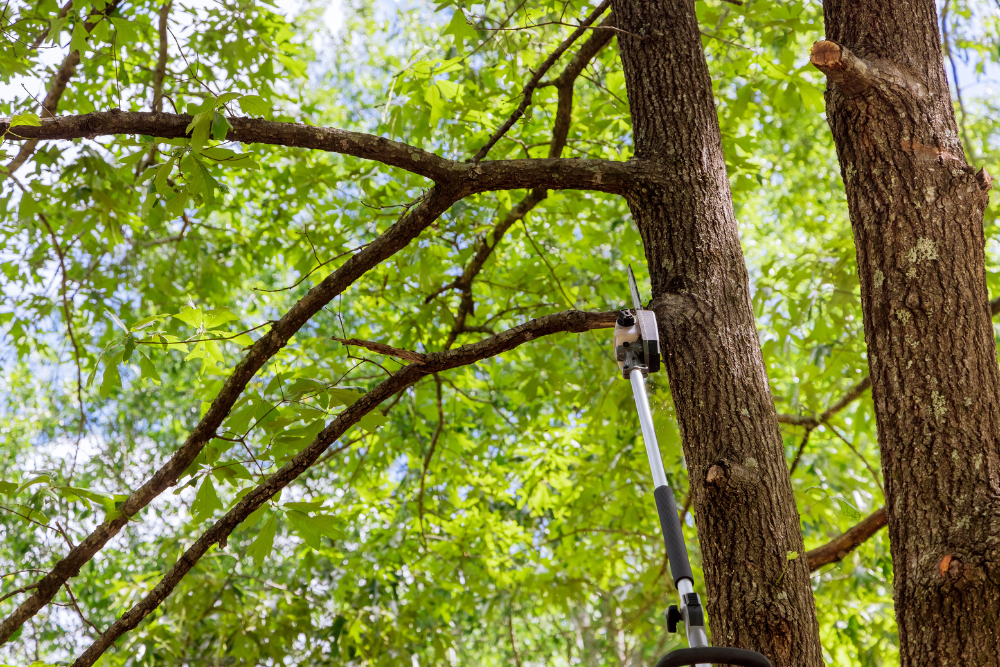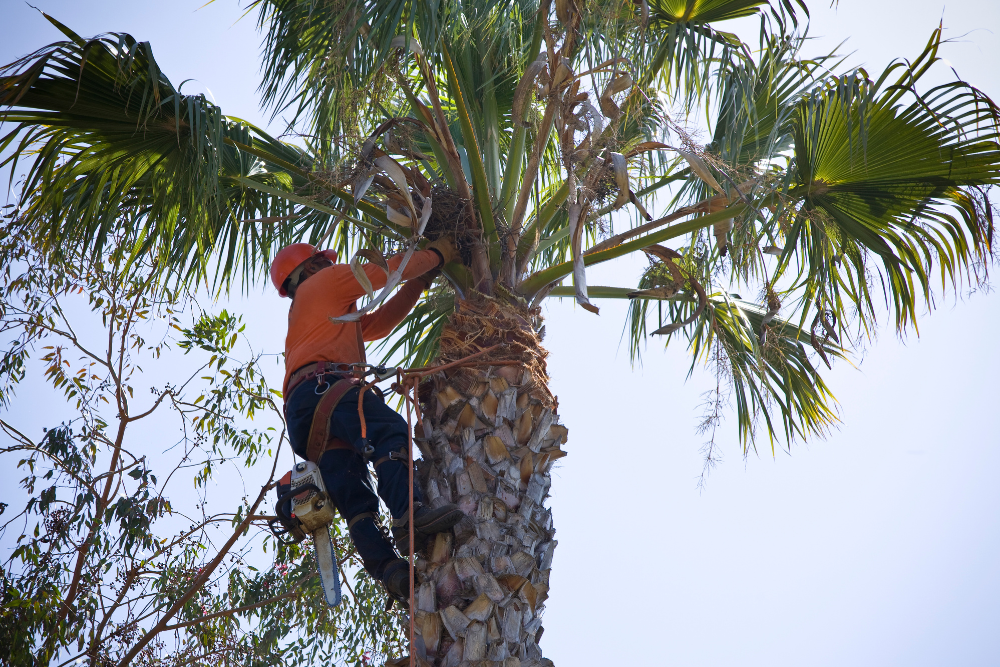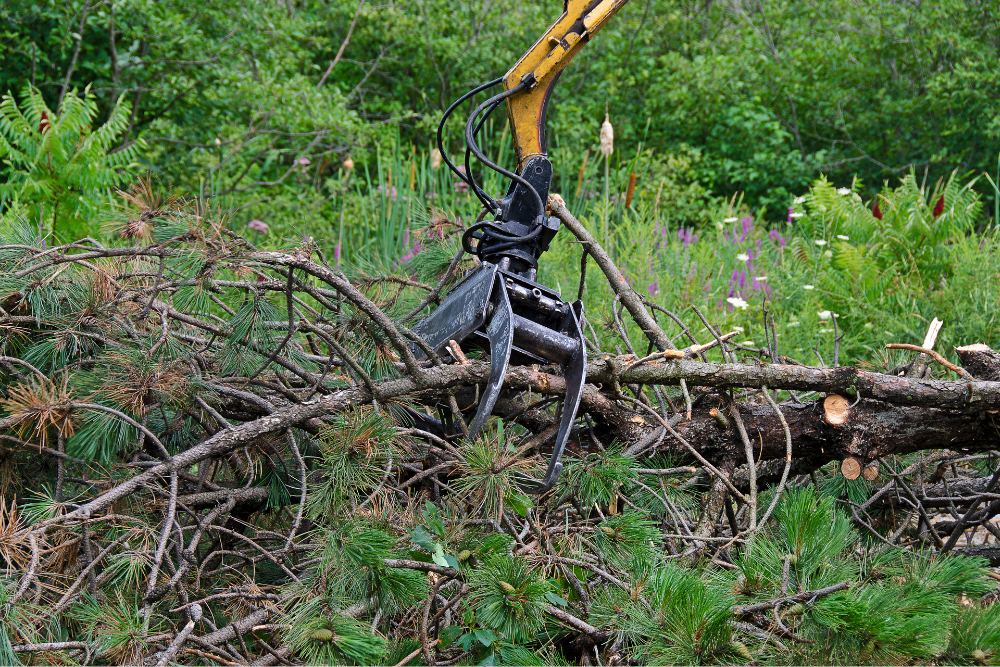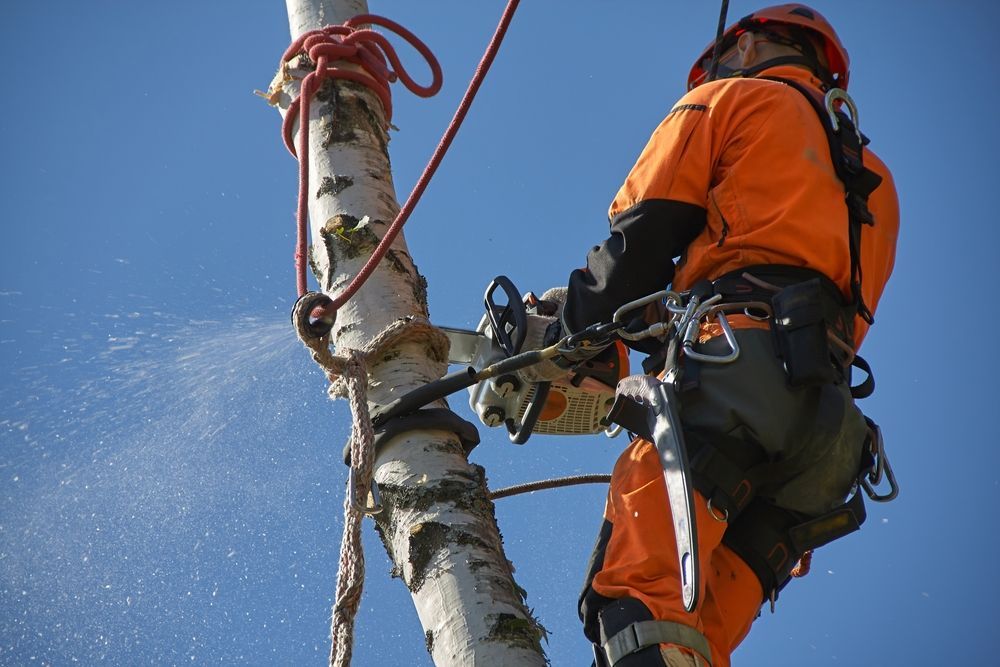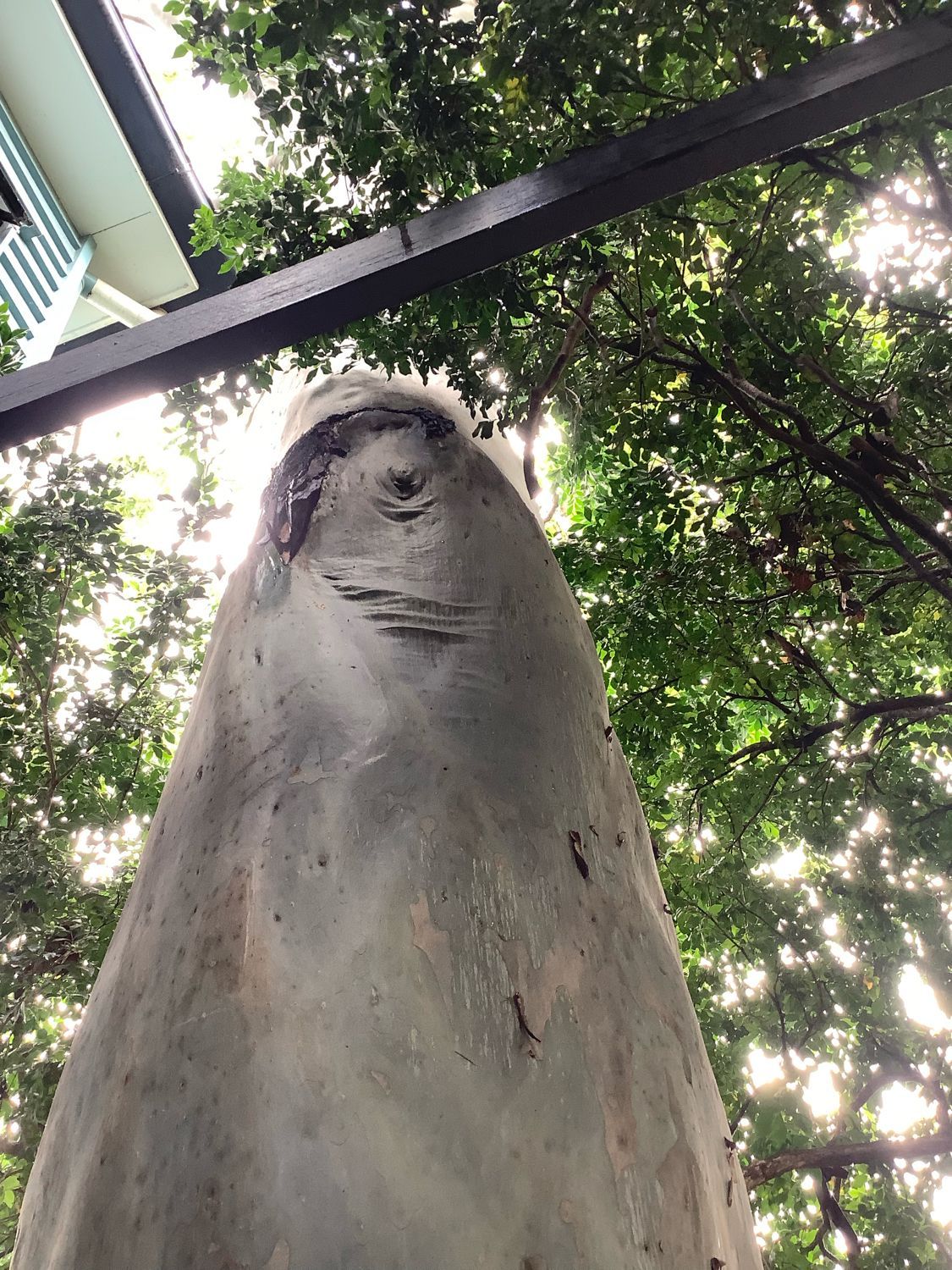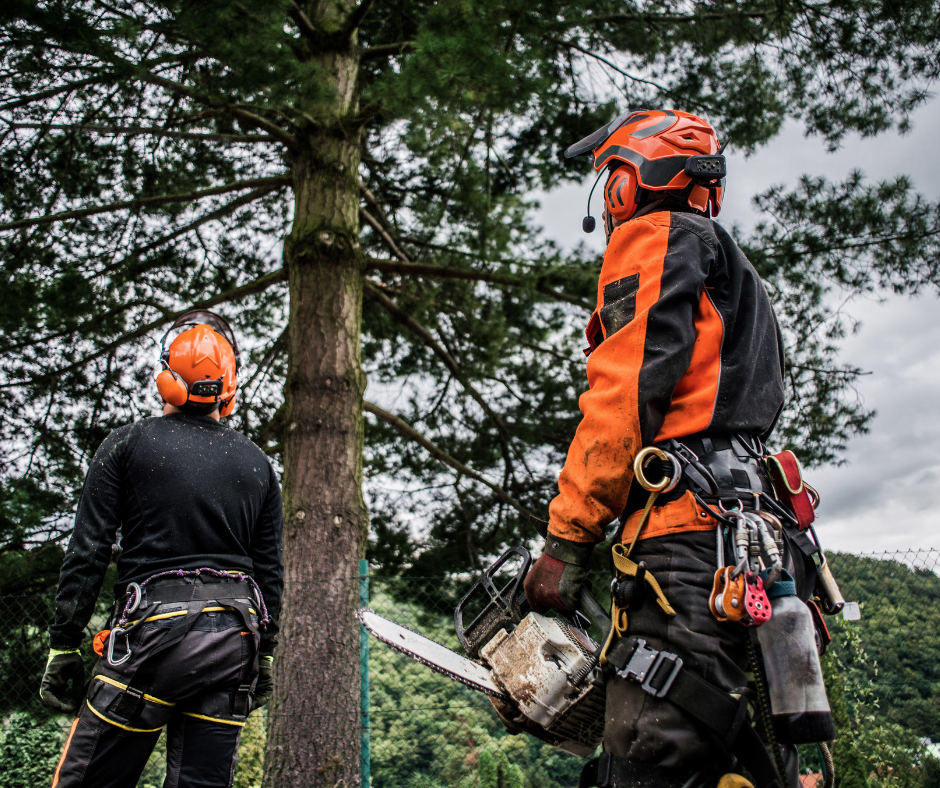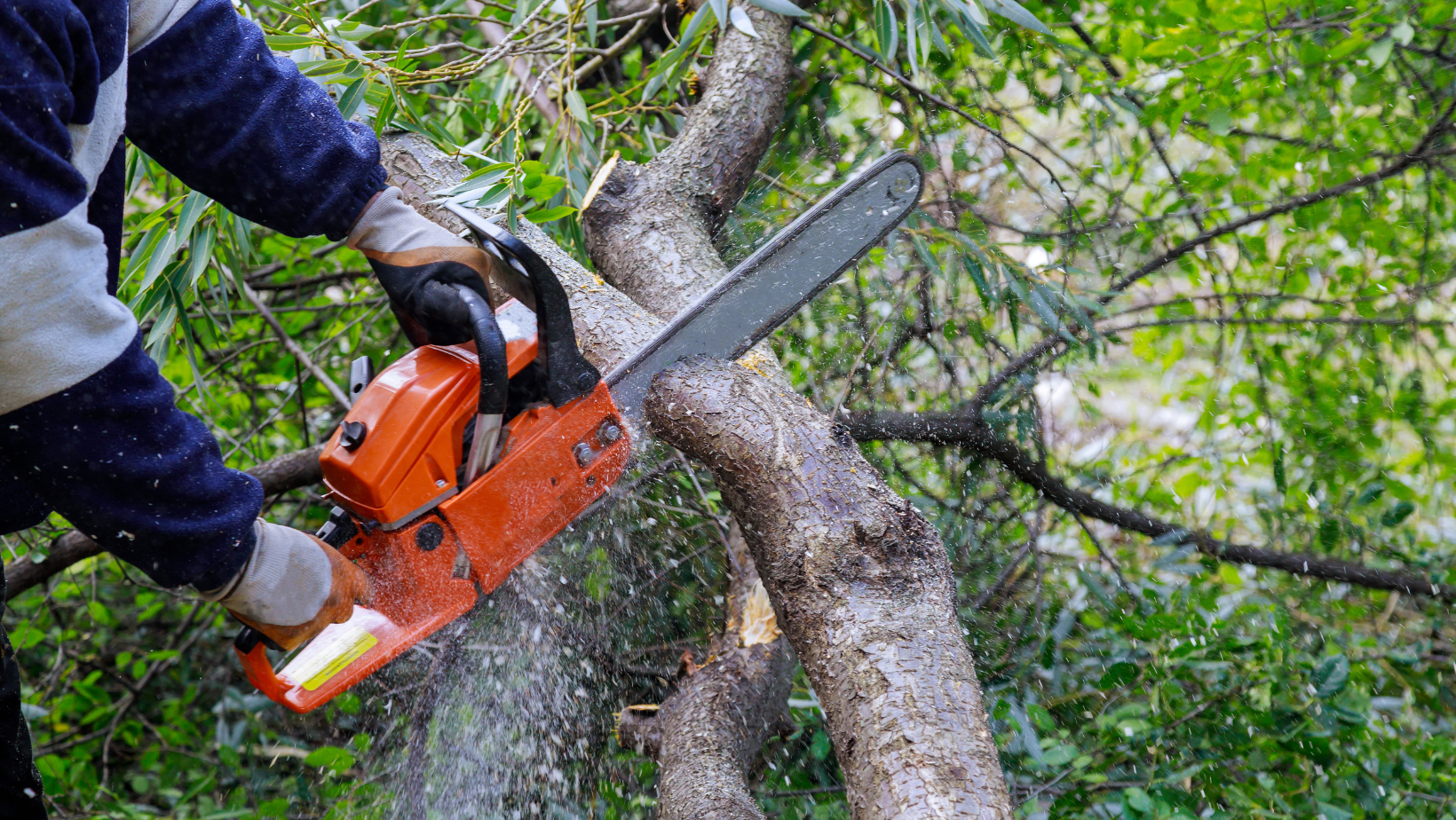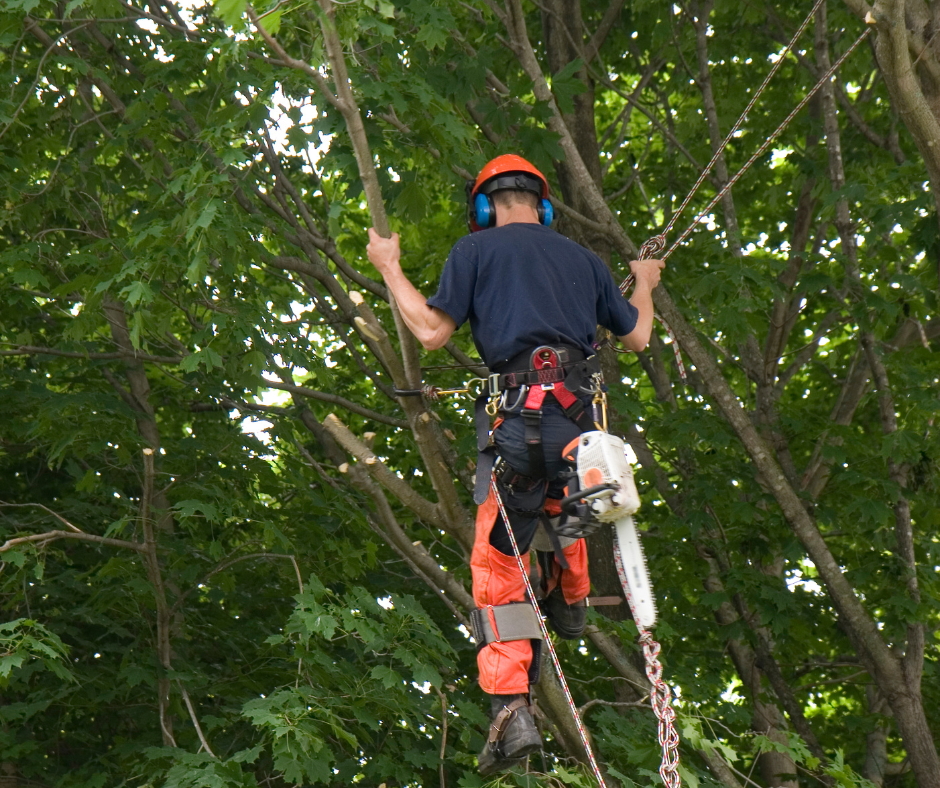The Majestic Jacaranda Tree: A South East Queensland Icon
Exploring the Beauty of South East Queensland's Jacaranda Tree 🌳
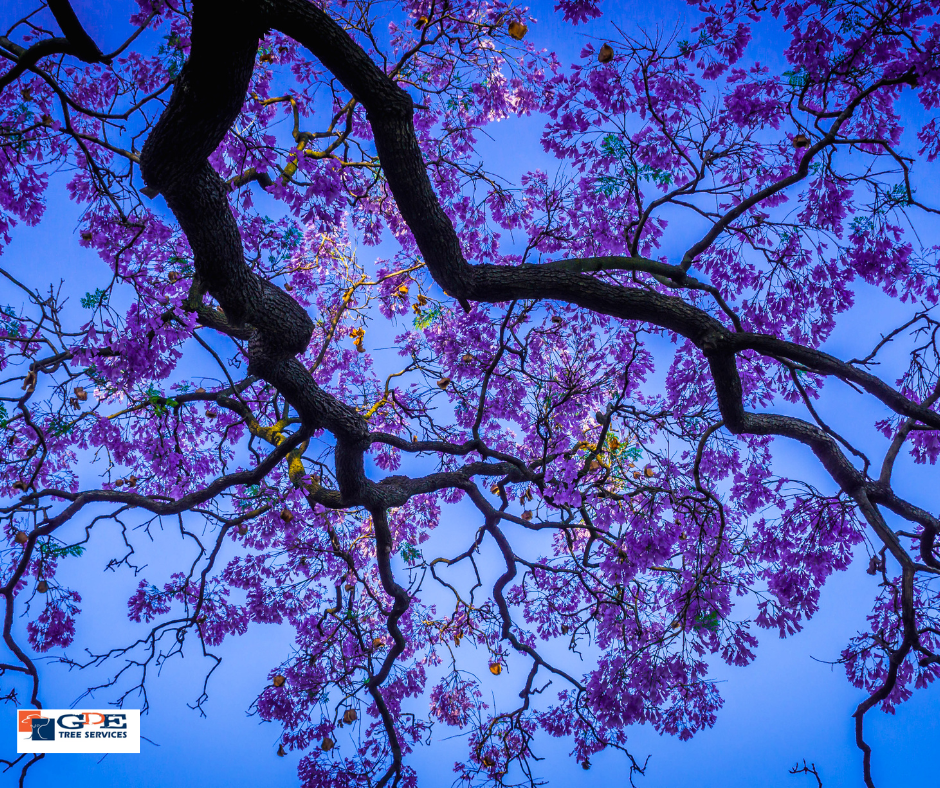
In the vibrant landscape of South East Queensland, few trees capture the imagination quite like the Jacaranda. With its striking purple blooms and graceful canopy, the Jacaranda tree is an iconic symbol of the region's natural beauty. In this blog post, we'll explore the characteristics, cultural significance, and care requirements of this majestic species.
1. Origins and Characteristics:
The Jacaranda tree (Jacaranda mimosifolia) is native to South America, specifically Argentina and Brazil. It belongs to the Bignoniaceae family and is renowned for its stunning clusters of purple flowers that bloom in late spring to early summer. The tree typically grows to a height of 10 to 15 meters, with a spreading canopy adorned with delicate, fern-like foliage.
2. Cultural Significance:
In South East Queensland, the Jacaranda tree holds a special place in the hearts of residents and visitors alike. Each year, during the springtime bloom, the streets and parks of the region are transformed into a sea of purple, creating a spectacle that draws crowds from far and wide.
3. Care and Maintenance:
While the Jacaranda tree is renowned for its ornamental value, it also requires proper care to thrive in the South East Queensland climate. Here are some essential tips for maintaining healthy Jacaranda trees:
- Location: Plant Jacaranda trees in well-drained soil and full sun to encourage robust growth and abundant flowering.
- Watering: Provide regular watering, especially during dry periods, to keep the soil consistently moist but not waterlogged.
- Pruning: Prune Jacaranda trees in late winter to early spring to remove dead or diseased branches and promote a balanced canopy structure.
- Fertilization: Apply a balanced fertilizer formulated for flowering trees in spring to encourage healthy growth and vibrant blooms.
- Pest and Disease Management: Monitor for pests such as caterpillars and aphids, and treat any infestations promptly with environmentally friendly pest control methods.
4. Environmental Benefits:
Beyond its aesthetic appeal, the Jacaranda tree offers numerous environmental benefits to South East Queensland. Its dense foliage provides shade and habitat for birds and wildlife, while its extensive root system helps stabilize soil and prevent erosion. Additionally, Jacaranda trees contribute to urban cooling and air purification, making them valuable assets in urban landscapes.
Conclusion:
The Jacaranda tree stands as a symbol of beauty, resilience, and community in South East Queensland. With its enchanting purple blossoms and graceful form, it enriches the landscape and captivates the imagination of all who encounter it. By understanding and appreciating the unique characteristics and care requirements of the Jacaranda tree, we can ensure that it continues to thrive for generations to come.
For all your tree trimming, tree lopping, pruning and tree services in Brisbane - Contact the team at GDE Tree Services on 📞 07 3027 1530 for a FREE quote. We guarantee to turn up to all our quotes!

